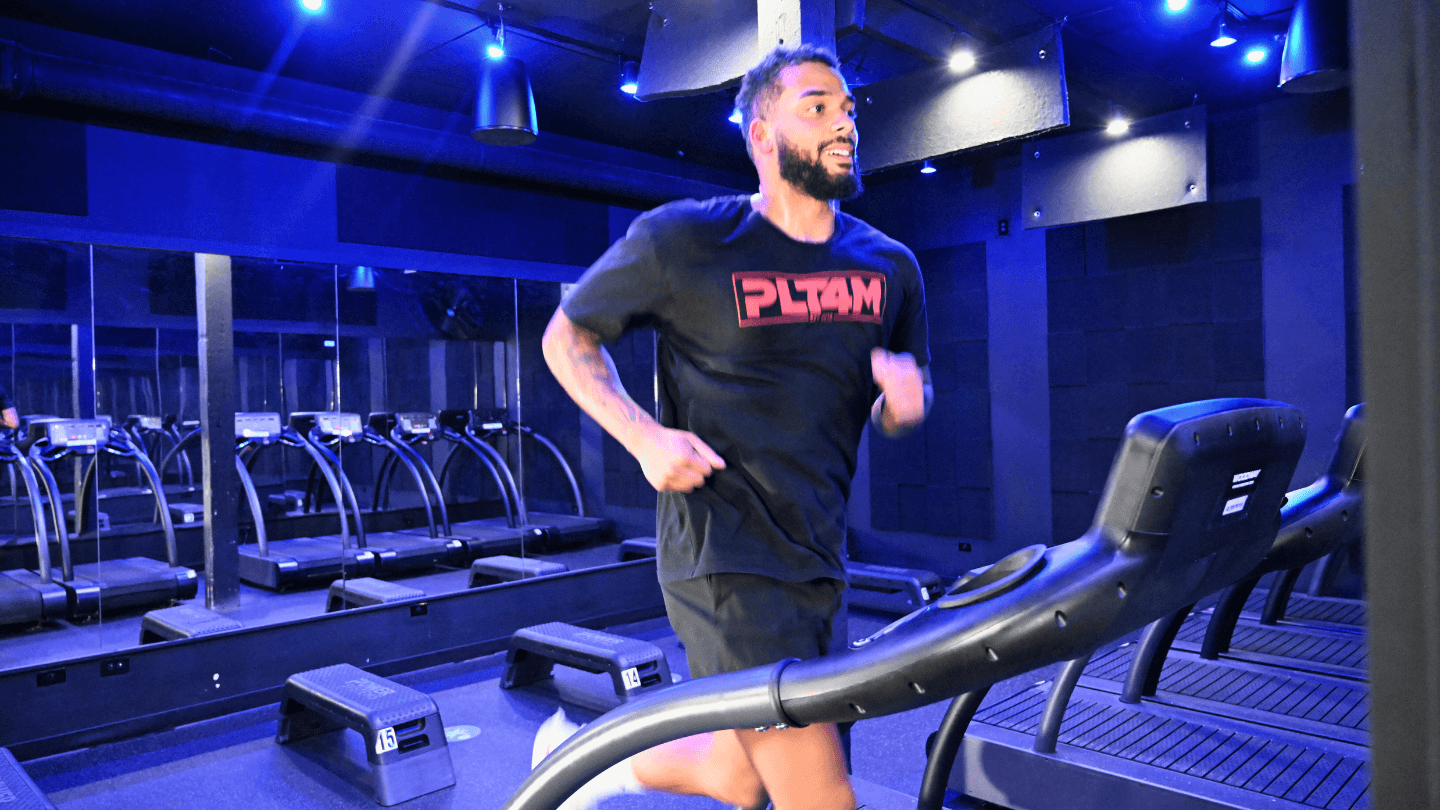Schools have a lot to cover and only so much time. So should physical education be required? Suppose the big-picture goal of education is to equip students with a robust set of skills and knowledge to live successful lives. In that case, a quality physical education program should be a staple of any comprehensive educational system.
Free Download!
P.E Teachers Resource Pack
Our Resource Pack is full of lessons, videos, workouts, and ideas to help you expand your course offerings, inspire students, and wow your admins!
Arguments Against Physical Education in Schools
To thoroughly explore the question “should physical education be required” let’s start with the arguments against PE. Because there is certainly no shortage of physical education critics.
Arguments against physical education in schools cite embarrassment, teasing, and bullying as major criticisms of why mandatory physical education in schools is bad. Much of this criticism comes from outdated stereotypes of “gym class.” The old school term “gym class” usually elicits images of rolling out the balls and playing dodgeball.
Physical education teachers have long tried to leave the term and memories of “gym class” behind them and spotlight their quality physical education programs. PE programs now boast a comprehensive approach to introducing students to different forms of physical fitness, health, and wellness. The long-term goal is to help students pursue happy and healthy lifestyles.
But even as PE classes have evolved, the arguments against physical education in schools have persisted:
- “Physical education classes take up valuable school time that could be otherwise dedicated to math, science, or other core subjects.”
- “It is unfair to have graded PE classes because it disproportionately hurts GPAs of un-athletic students.”
- “Students can do physical activity outside of school; they don’t need PE classes.”
- “There are still too many opportunities for bullying or teasing to occur within PE class.”

Why Should PE Be Required?
It is important to note that the question is, “why should PHYSICAL EDUCATION be required in schools?” Notice the bolded and capitalized word PHYSICAL EDUCATION.
The reason for this emphasis is we are not just talking about physical activity. Physical activity defined by Shape is “any bodily movement that results in energy expenditure.” And while physical activity is an essential concept in physical education, it is far from capturing everything a quality physical education program encapsulates.
Instead, Shape outlines physical education as “an academic subject that provides a planned, sequential, K-12 standards-based program of curricula and instruction designed to develop motor skills, knowledge and behaviors for healthy, active living, physical fitness, sportsmanship, self-efficacy, and emotional intelligence.”
Physical education is backed by national standards, like other core subjects. It empowers elementary school, middle school, and high school students to build up a wide variety of tools to live healthy lifestyles. This important delineation helps us to move past the stereotypes of “gym class” and better evaluate the question, “Should pe be required?”
Past the wide range of skills, knowledge, and behaviors developed, physical education and physical activity have proven to improve physical health, academic performance, and mental health. We owe it to our kids to provide ample opportunity to explore physical fitness and health through physical education classes.

Is Physical Education Required? A Loaded Question
While there are national physical education standards, there are no national requirements for physical education programs across the country. Instead, each state sets its own specific outlines and requirements.
There are three categories that states typically fall under for outlining physical education requirements:
- None
- Nonspecific Requirement (Requires PE but does not specify frequency or duration requirements)
- Specific Requirement (Requires PE on a specific frequency, duration, or both)
Not surprisingly, the laws and requirements have an impact. Piekarz-Porter, et al. are quoted saying, “Studies have shown that students in states with laws specifying PE time requirements have increased PE attendance and time spent in PE and that state laws and district policies can influence district-level PE practices, particularly those governing the frequency and duration of PE.”
As a result of the varying requirements, many elementary school physical education programs only meet once a week throughout the school year. Or worse, at the middle and high school level, many schools only require one semester of physical education to graduate. After that, students can completely stop taking physical education unless they opt-in via an elective. This falls drastically short of the recommended physical activity and physical education recommendations.
But even in states with loose requirements, some school districts have solidified their requirements to promote physical education throughout K-12 education. Let’s take a closer look at one.
Ready to WOW your Admins?
Schedule a 15-Minute demo to learn how PE teachers are ushering in a new age of Physical Education with Fitness and Technology!

Canton High School Spotlight – Should Physical Education Be Required In High School?
Massachusetts is a state that has a nonspecific physical education requirement. The law states that “Physical education shall be taught as a required subject in all grades for all students in the public schools for the purpose of promoting the physical well-being of students.”
The state used to have specific requirements but did away with them a few decades ago. As a result, every school district has a different interpretation of the law. Many districts require only weekly PE and then transition to only one or two semesters at the high school level.
Canton High School in Massachusetts has gone in the opposite direction. Canton boasts a 4-year high school PE requirement to complement the larger K-12 wellness initiative. At the high school level, Canton breaks it down by grade level:
- Freshmen Year – Experience Education and Health Class (problem-solving, collaboration, leadership, etc.)
- Sophomore Year – Personal Wellness (Fundamentals of fitness, yoga, mobility, and regular physical activity)
- Junior & Senior Year – Choice (Yoga, Zumba, Team Sports, Walking For Life, and much more).
In following this structure, Canton blends physical education being required while also opening up to a more choice (elective-like) model for junior and senior years. The result is that students not only have to take physical education but also want to be there. Check out the complete case study on how Canton has evolved their wellness and physical education classes and incorporated a variety of high school pe lesson plans.
Should Physical Education Be Required? Final Thoughts
Yes! Physical education should be a staple of every school districts K-12 plan. We are failing our young people without a focus on health and wellness through physical education. Elementary school students through high school students reap substantial health benefits from regular physical activity. And as stated earlier, PE class is about more than just physical activity, but the vast array of healthy lifestyle skills that they build over their time in a physical education program.
It should not be the sole burden of physical education teachers to solve the problem of sedentary students, childhood obesity, and other physical and mental health problems. But consistent and quality physical education can be a significant step to moving in the right direction.
We continuously see leaders and key stakeholders acknowledge the importance of PE but fail to take action. Should physical education be required isn’t a tricky question to answer. Physical education will support our children during their time as students and continue to leave a lasting impact as they head into adulthood.
States can and should make clear physical education requirements. But, on top of that, they should make dedicated time throughout the K-12 educational system to solidify the importance of physical education. Yes, this might mean altering the school day, but it will be worth the investment for academic achievement, physical health, and the total picture of our students.

Free Download!
Get The P.E Teacher's Resource Pack
Our Resource Pack is full of lessons, videos, workouts, and ideas to help you expand your course offerings, inspire students, and wow your admins!










